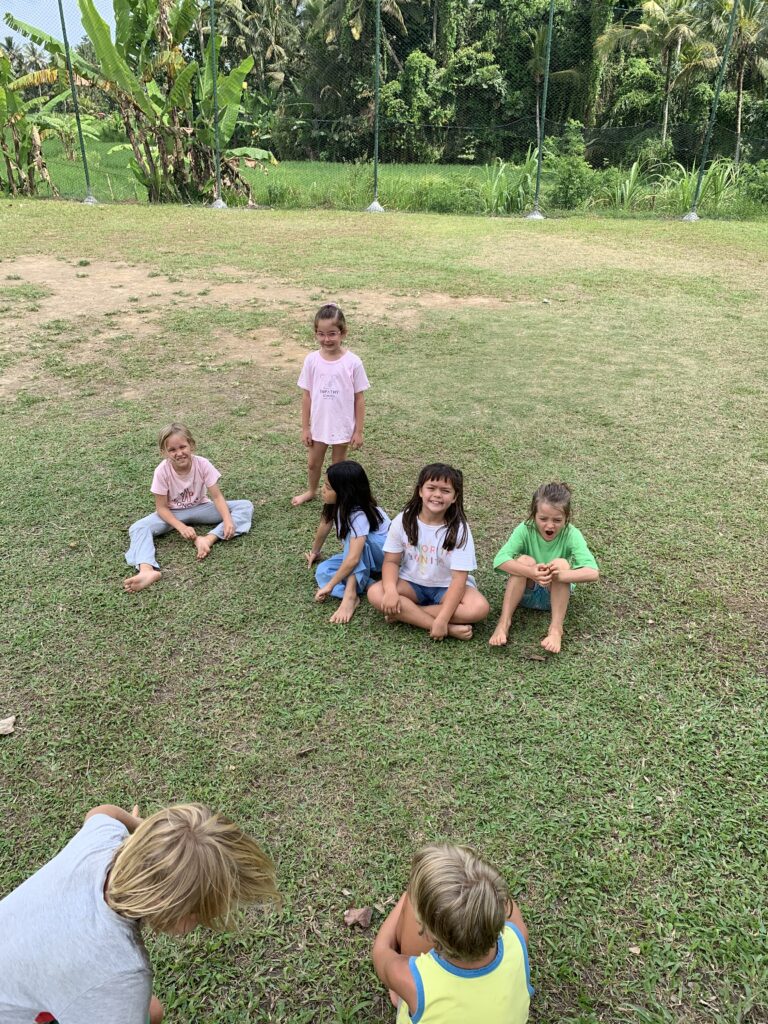In many educational and developmental philosophies, there is a growing appreciation for the benefits of a barefoot-friendly environment, particularly in settings where children learn and play. This concept, which encourages children to remove their shoes and physically connect with their environment, is rooted in the belief that such experiences are beneficial for sensory development, physical health, and a deeper connection to nature.
The philosophy behind promoting a barefoot-friendly environment is centered around the idea of grounding or earthing—the practice of connecting with the earth’s natural surfaces by walking barefoot. Proponents believe that this connection has numerous health benefits, including reduced inflammation and improved sleep, and also enhances sensory experiences, which are critical in the early developmental stages of childhood.
Furthermore, going barefoot is often seen as a way to develop stronger, healthier feet. Without the confines of shoes, children’s feet can move more freely, potentially improving balance, posture, and agility. The sensory feedback received from different textures—grass, sand, mud, and gravel—also stimulates neurological development, enhancing proprioceptive and vestibular senses.
At Little Explorers Academy, the headteacher, Mrs. Ellis, recently introduced the concept of a barefoot-friendly environment to her staff and the parents, aiming to integrate it into the school’s daily routine.
During a parent-teacher meeting, Mrs. Ellis explained, “Encouraging children to go barefoot forms part of our holistic approach to education. It aligns with our belief in nurturing not just the mind but the body and spirit of every child. By interacting with the ground directly, children receive natural sensory feedback that can aid their physical and cognitive development.”
A parent raised a hand, looking curious but slightly concerned. “Isn’t there a risk of injuries, Mrs. Ellis? How do you manage that aspect?”
“That’s a valid concern,” Mrs. Ellis acknowledged. “We’ve carefully designed our outdoor areas to be safe for barefoot exploration. The surfaces are regularly inspected and maintained to remove any harmful objects, and specific zones are designated for barefoot activities. We ensure that the health benefits are maximized without compromising on safety.”
In practice, the school’s barefoot zone includes a variety of natural materials: smooth pebbles, soft grass, packed earth, and sandy patches. Teachers guide children through activities that encourage them to explore these textures, from sensory walks to nature scavenger hunts.
Mr. Hopkins, a kindergarten teacher at the academy, shared his observations during a staff meeting. “Since we’ve started allowing the kids to explore these areas barefoot, I’ve noticed significant changes. They seem more engaged, more playful, and even more relaxed. It’s as though the direct contact with the earth is not just grounding them physically but also emotionally.”
Going barefoot is an activity that holds significant benefits for children’s physical development and their connection to nature. This simple yet profound practice supports not only the physical strengthening of the feet and legs but also enhances sensory skills and provides a direct, tactile connection with the environment, fostering a greater appreciation and awareness of the natural world.
The physical benefits of going barefoot are considerable. From a biomechanical perspective, walking or running barefoot helps develop the musculature of the feet and ankles. Shoes can often restrict natural foot movements, but barefoot activities allow the foot to flex, splay, and adjust to various surfaces, which can strengthen foot muscles, increase ankle stability, and improve balance.
A study by Hollander et al. (2017) found that walking barefoot leads to improvements in foot mechanics, which contribute to better load distribution and enhanced walking efficiency. The research suggests that the natural gait and foot mechanics are best developed from a young age when children are frequently barefoot, which can contribute to a reduction in foot and posture-related ailments later in life.
Going barefoot also enhances sensory experiences, which are critical during children’s early developmental years. The soles of the feet are a sensory-rich area, and exposing them to different textures—such as grass, sand, stone, and mud—stimulates these nerve endings. This not only helps in building nerve connections to the brain but also aids in sensory integration, which is the ability to process and respond to sensory stimuli.
These sensory experiences can enhance spatial awareness, proprioception (sense of body position), and vestibular balance (sense of balance). According to research by Robbins and Waked (1997), barefoot contact with the ground improves sensory feedback, which can lead to better motor control and awareness of the environment.
Beyond physical and sensory development, going barefoot deepens children’s connection to nature. Direct contact with the earth can foster a sense of place and belonging, anchoring children in their environment in a meaningful way. This connection can cultivate a sense of responsibility towards the environment and promote eco-conscious behaviors.
The concept of “grounding” or “earthing,” which involves direct skin contact with the surface of the Earth, has been explored in various studies, such as the one by Chevalier et al. (2012), which suggests that such physical contact might have health benefits due to the transfer of electrons from the ground into the body, reducing oxidative stress and improving health.


 Previous Post
Previous Post